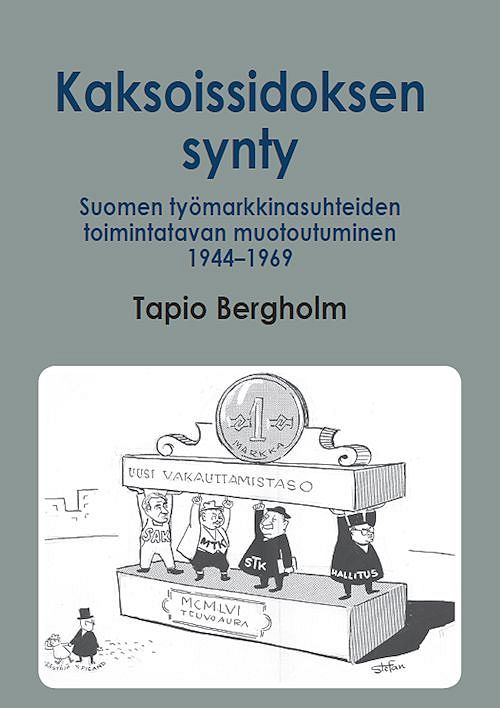Tapio Bergholm
Tapio Hannu Antero Bergholm
Born June 14, 1958 Helsinki
Master of Arts 1985, PhD 1997 (Finnish and Scandinavian history), University of Helsinki
PhD (Sociology) 2015, University of Eastern Finland
Historical researcher 2000–08, Senior researcher 2009, Central Organisatoin of Finnish Trade Unions (SAK)
Visiting Fellow 1990–91, Industrial Relations Research Unit, University of Warwick, England
Historical researcher and training secretary, 1984–2000 Finnish Transport Workers’ Union (AKT)
Docent in Finnish history 1999–, University of Eastern Finland
Docent in Finnish and Scandinavian history 1998–, University of Helsinki
Summer work, project work and part time work: camp leader, roadie electrician, film producer, columnist and lecturer
Member of the editorial board 2010-11, Nordic Journal of Working Life Studies
Member of the editorial board 2008–, International Journal of Maritime History
Member of the Working Committee for Ethics 2013–, Finnish Institute of Occupational Health
Chairman 2012–, Finnish Maritime History Association
Chairman 2007–12, Finnish Association of Work Life Research
Vice-chairman of the board, 2005–, International Commission for Maritime History
Research themes
Labour market history, history of the transport industry, and particularly the history of ports, and the history of the gender system.
Awards
Prize for best labour research 2008 ( for the work Sopimusyhteiskunnan synty II - ‘The Birth of Finnish Welfare II’) , awarded by Labour Heritage
Photo: University of Eastern Finland
Written by Tapio Bergholm (Tomas Sjöblom, ed.)
Translated by Matthew Billington

